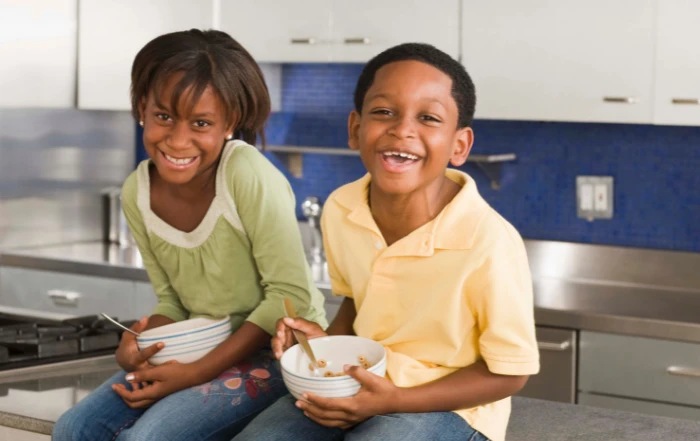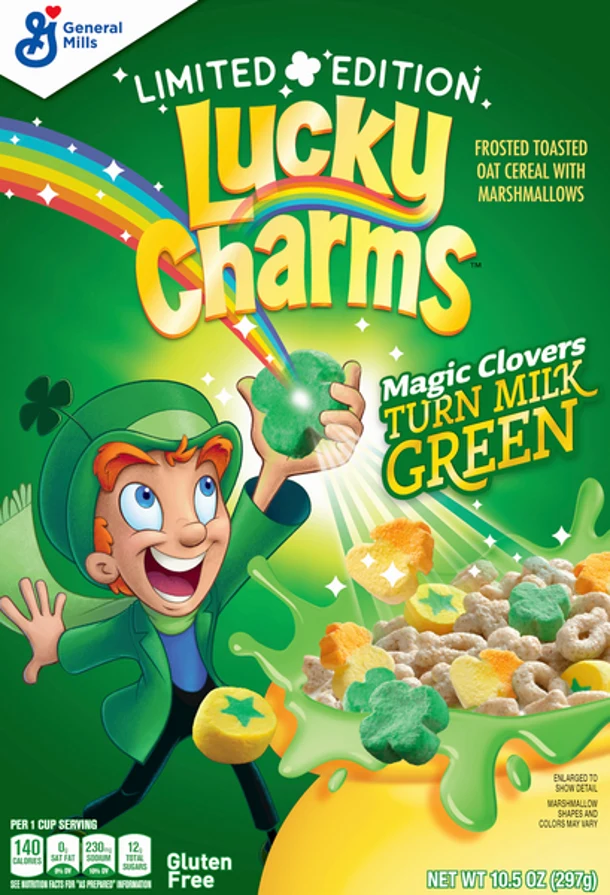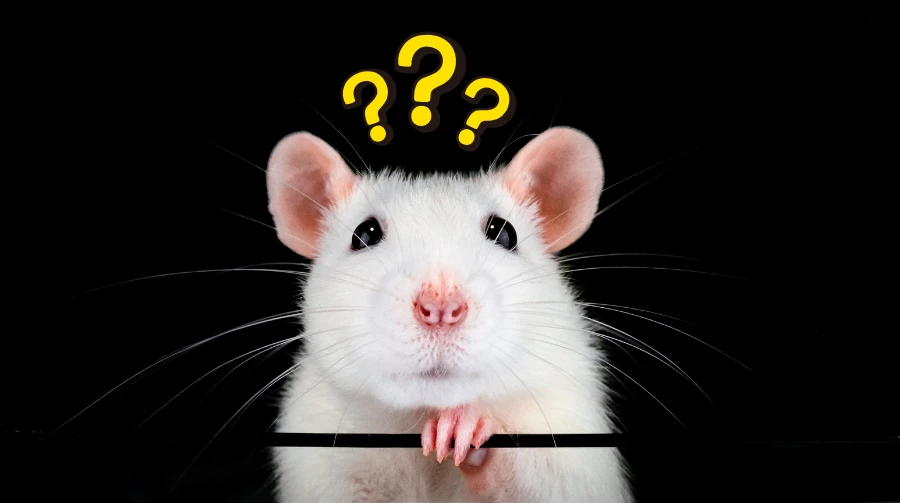Children’s cereal commercials paint a fun, colorful, and seemingly nutritious picture of breakfast. But behind those animated mascots and sugary promises lies a stark reality. Here are ten eye-opening truths about your favorite childhood cereals that you won’t hear in the ads.
1. Cereal Is Just Industrially Fragmented Carbs
At its core, breakfast cereal is nothing more than processed grains like wheat, oats, corn, or rice. The colorful boxes and playful mascots don’t change the fact that it’s just a sack of carbs, powdered vitamins, and sugar.
2. Invented by Racists with Weird Health Beliefs

Cereal was invented in turn-of-the-century Michigan by health fanatics with dubious beliefs. To call Kellogg’s beliefs merely dubious is absolutely downplaying it, but that dark history isn’t meant for this article – you can read about the sordid origins here.
These racists (among other horrors) founded communes called sanitariums, promoting bland fiber piles as a cure for constipation and impure thoughts. So, next time you pour a bowl of wheat lumps, remember it has a bizarre and uncomfortable origin story.
3. Loaded with Sugar
Children’s cereals are the number four source of added sugar in American diets, right behind soft drinks, desserts, and candies. A single bowl typically contains as much sugar as several cookies, making it a sweet and unhealthy start to the day.
4. Designed to Be Addictive
The textures, colors, and mouthfeel of children’s cereals are meticulously engineered to be highly addictive. These cereals are crafted to hook young consumers from the first bite, ensuring they keep coming back for more.
5. Aggressive Marketing Tactics

Cereal companies invest heavily in child psychology to market their products effectively. They bombard children’s media with ads and create mascots that are precisely designed to appeal to kids, ensuring that cereal boxes catch their eye on store shelves.
6. Shelf Placement Is No Accident
Cereal boxes are strategically placed on shelves at the exact height of an average child’s eyes. This placement, combined with eye-catching mascots, ensures that kids are more likely to notice and demand these sugary cereals.
7. Unhealthy Despite "Balanced Breakfast" Claims
While cereal commercials often boast about being part of a balanced breakfast, the reality is that most cereals are just empty carbs and sugar. Unless you need a calorie load equivalent to lifting a car, these breakfasts are far from balanced.
8. Environmental Impact
Those colorful boxes and plastic bags contribute to environmental waste. The production and packaging processes involve significant energy use and generate plastic waste, which is often made from fossil fuels. And while there is a way to compost cereal boxes, most people don’t.
9. Milk Is Marketed Alongside Cereal
Cereal marketing also indirectly promotes the consumption of milk. This combination drives sales of both products, despite growing awareness of lactose intolerance and environmental concerns related to dairy farming.
10. The Disappearance of Authentic Brands



Over time, many beloved cereal mascots and brands have been replaced by more marketable characters and themes. What was once a nostalgic part of breakfast has become a field driven by relentless market research and profit margins.
A Deeper Look at Cereal Myths
The truth about children’s cereals reveals a less wholesome reality than their commercials suggest. From their questionable origins to their addictive nature and environmental impact, it’s clear that these breakfast staples are more than just a fun start to the day. Understanding these facts can help consumers make more informed choices for their families.

















